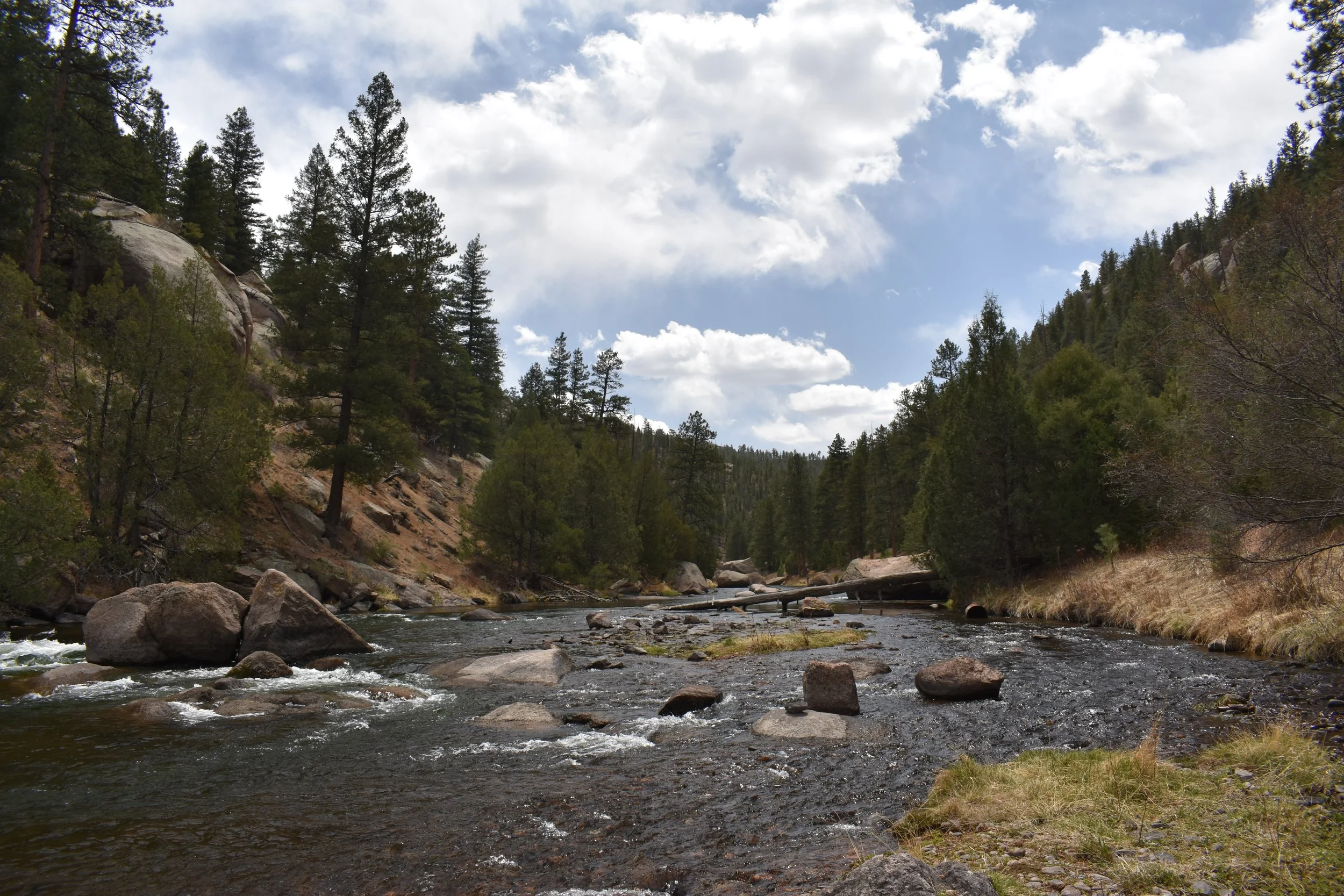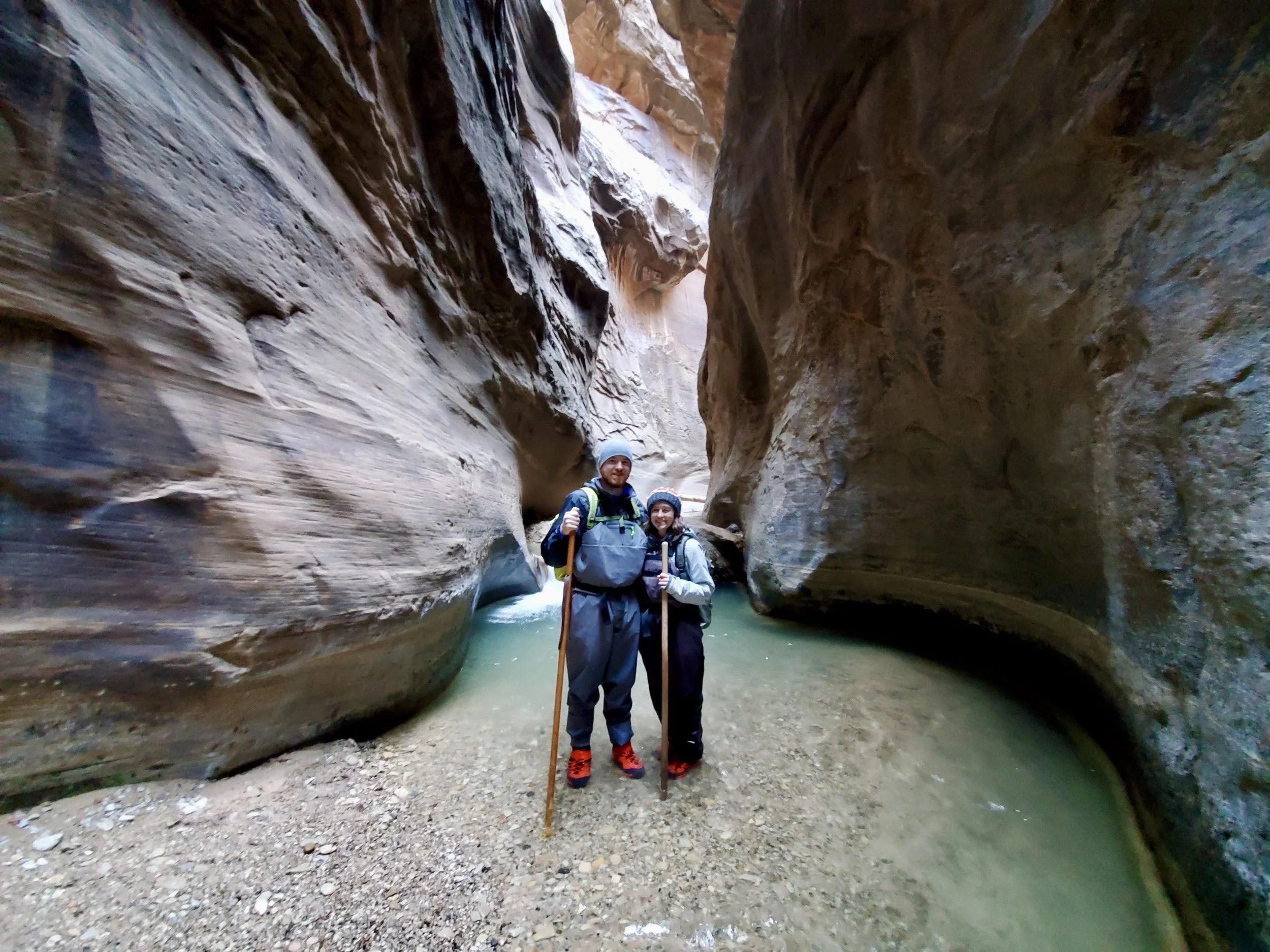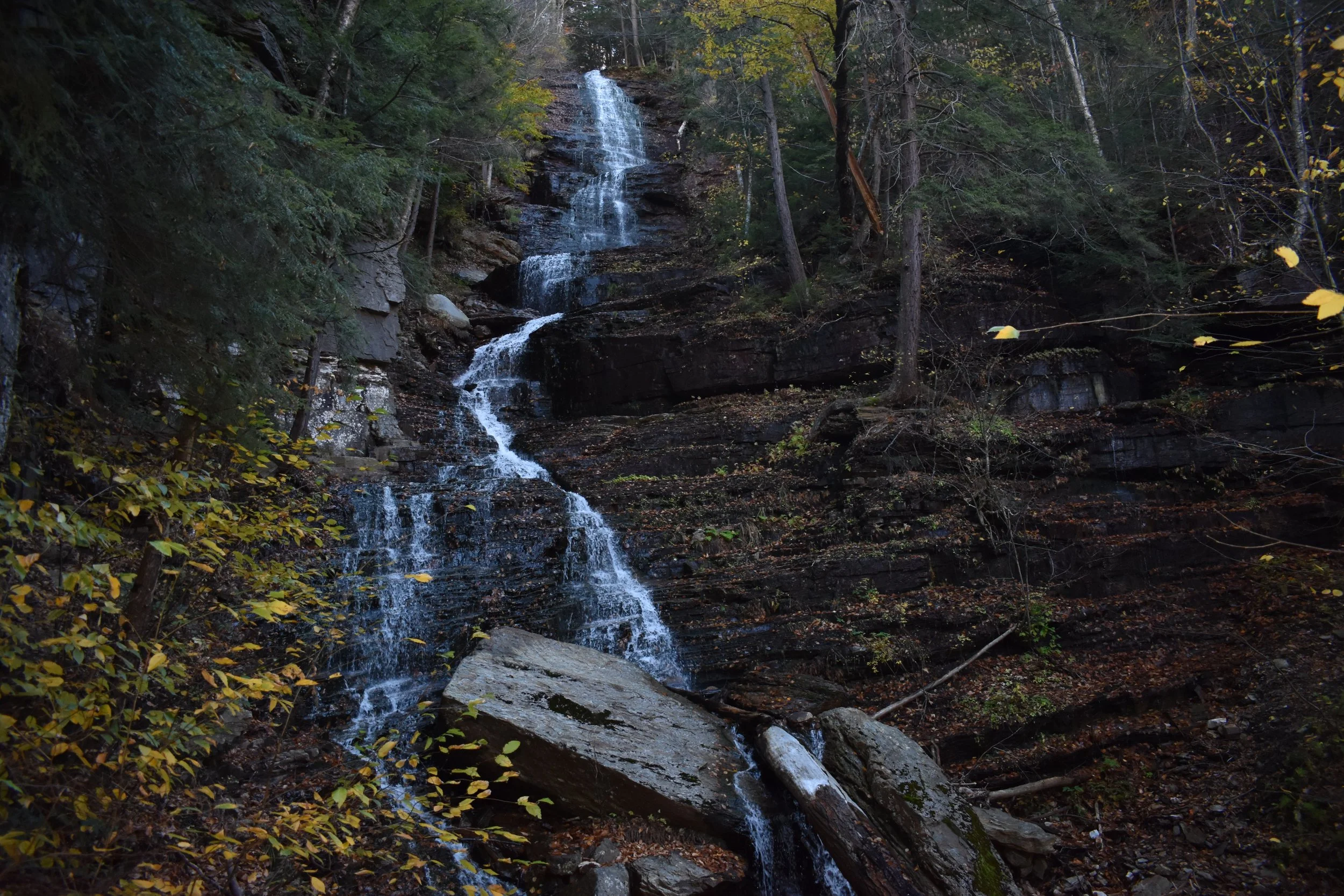The Kohala Volcano is the oldest of the volcanoes that make up the Big Island, and when part of this volcano slid into the ocean hundreds of thousands of years ago, it formed the sea cliffs along the Kohala Coast. Erosion has formed seven valleys along this coastline, including Pololū Valley, the most northern valley, then Honokāne Nui, Honokāne Iki, Honokeʻa, Honopue, Waimanu Valley, and Waipi’o Valley. Waipi’o Valley is the most famous, perhaps because of its daring grade or the breathtaking views through the cliffs and back into the valley. We faced Waipi’o last time we visited the Big Island (read about that hike here), but it has actually since been closed to non-locals. Since we loved Waipi’o so much, we decided to do another of the Kohala Coast hikes and settled on Pololū Valley, which is a short but steep hike down to a black sand beach.
Read MoreDid you know the Everglades is actually a river? The water in the Everglades moves about 100 ft. per day down into Florida Bay. The majority of Florida’s fresh water comes from the Everglades, and drainage of the wetlands and artificial control over Lake Okeechobee to expand urban development has continually threatened access to clean, fresh water for the state; the park was created to protect this resource, as well as the many plants and animals that call this place home. The Everglades contain the largest mangrove ecosystem in the Western Hemisphere, the most significant breeding ground for tropical wading birds in North America, and thirty-six threatened or protected animal species, including the Florida panther, American crocodile, and West Indian manatee. The Everglades are also significant for the number of different ecosystems it contains: freshwater sloughs and marl prairies (low-lying areas covered in water, where the nickname “River of Grass” comes from), tropical hardwood hammocks (islands of subtropical and tropical trees that rise above the sloughs), pine rockland forests, cypress and mangrove systems (Florida’s first and best defense against hurricanes, as they disperse the impact of flood waters and prevent coastal erosion), coastal lowlands (or saltwater marshes), and the marine ecosystem of Florida Bay.
Read MoreWe’re rounding out the blog posts about my trip to Colorado last spring with my first visit to Garden of the Gods. The park was originally privately owned and upon the death of Charles Elliot Perkins in 1909, much of his land was donated to the city of Colorado Springs to establish this free public park. There are several notable rock formations here, as well as layered sedimentary rock that has been upheaved into striking spines by the mountain-building forces that shaped the Rockies.
Read MoreThis was a relatively easy hike that takes you along the canyon edge, then down by the river. There were a few spots where you were on thin trails with loose rock and a drop-off, so be wary if you bring a dog or small children. We saw several fishermen along the river, but the trail wasn’t very busy otherwise.
Read MoreWe began the trip with a drive out to Rocky Mountain National Park. The last time I visited RMNP was in January when everything was well and truly frozen and snow-packed, so I was hoping things would be a little more thawed in April. We opted to try Emerald Lake, an easier 3.5-mile loop to an alpine lake nestled in the heart of the mountains. We were hoping that the lake wouldn’t be frozen despite the promise of snow lingering on the ground.
Read MoreWe now come to the last day of our Zion National Park trip. We saved the hardest hike for last, which, in hindsight, is a good thing, because I couldn’t walk the next day (more on that later). Angels Landing is the most famous (or infamous) hike in Zion, and, as we learned during the hike, the most dangerous. In the last 21 years, 14 people have fallen to their deaths on this hike, the most recent just a few weeks before we did the same hike. Had we known this, would we (or at least I) have done this hike? Probably not. More on that later. I should also mention that we inadvertently saved Angels Landing for last because they had to repair a section of chain that had broken away in the previous days. Which was a whole other awesome anxiety to pile on to this hike.
Read MoreIf you read my first post about this trip, you’ll know that our Zion adventure came in the middle of a very busy semester during my PhD program, so I didn’t do the ~ best ~ job researching and planning beforehand. I’d done some cursory reading on how to make sure that the water level isn’t too high; otherwise, the Narrows is impassible. But it had completely slipped my mind to think about the water temperature. Or question my assumption that a canyon/river hike is the same as a normal hike. I can only imagine that the poor NP ranger we asked about water level and the conditions of the Narrows the previous day was giving us weird looks for looking as if we wanted to hike 9 miles in 45-degree water wearing only leggings/shorts and a t-shirt (which, in fairness, was our original plan).
Read MoreIt’s my eventual goal to hike every national park in the U.S, so for the past couple of years, I’ve been asking my in-laws for a National Parks Pass for Christmas as a good motivator to wrangle Ryan into a couple NP trips throughout the year. When my NP pass was bestowed on me for 2022 and we didn’t have any Spring Break plans, I knew we needed to go on another camping trip. Popular national parks tend to fill up quickly (like 6 months out), but by some miracle, there were still a handful of spots available in March for Zion, one of the parks we’d been wanting to make it out to. So at the start of my Spring Break, we packed up all our camping and hiking gear and made the 27-hour drive from Kentucky to Utah.
Read MoreLast October, my husband and I took a short Fall Break camping trip to Grout Pond in southern Vermont. In addition to hiking the lake where we were staying, visiting the cute towns in the area, seeing one of Vermont’s famous covered bridges, and driving up Mount Equinox to learn about Carthusian monks, we decided to do one bigger hike while in the area: Lye Brook Falls.
Read MoreEver since Ryan and I took our first camping trip together back in the spring of 2021, I’d been itching for another. So when Fall Break afforded us an extra long weekend, we took the opportunity to seek out some fall foliage in one of the premier scenic spots in the U.S: Vermont. When I was applying to college, I toured one up in Vermont, and I had fond memories of the stunning vibrant leaves and rustic charm of the state. We settled on Grout Pond in southern Vermont, near Stratton, nestled in Green Mountain National Forest, as our destination.
Read MoreDuring my trip out to Colorado last August, we decided to take a roadtrip to Salt Lake City, UT, for a couple days. I’d never been to Salt Lake before, and I was really excited to check out the city and get some cool hiking in. Enter: crazy wildfire season. Enter: pressure system over SLC. Literally the weekend we went to SLC, smoke from the California wildfires moved into the city due to high winds and something about the weather system that was in the area trapped the smoke in the city. In the city, you weren’t supposed to be outside for long periods, and the day we drove in, everything was coated in a orange haze, like some kind of Mad Max apocalyptic color-grading.
Read MoreIn early August of 2021, I had the opportunity to visit Colorado during the warmer months for the first time. One of my best friends lived in Denver at the time, and Ryan and I squeezed in a short visit before my fall semester began. Last time I was here was January, so everything was covered in snow, but on this trip, we were blessed with perfect warm weather and sunshine for our alpine lake hike.
Read More












